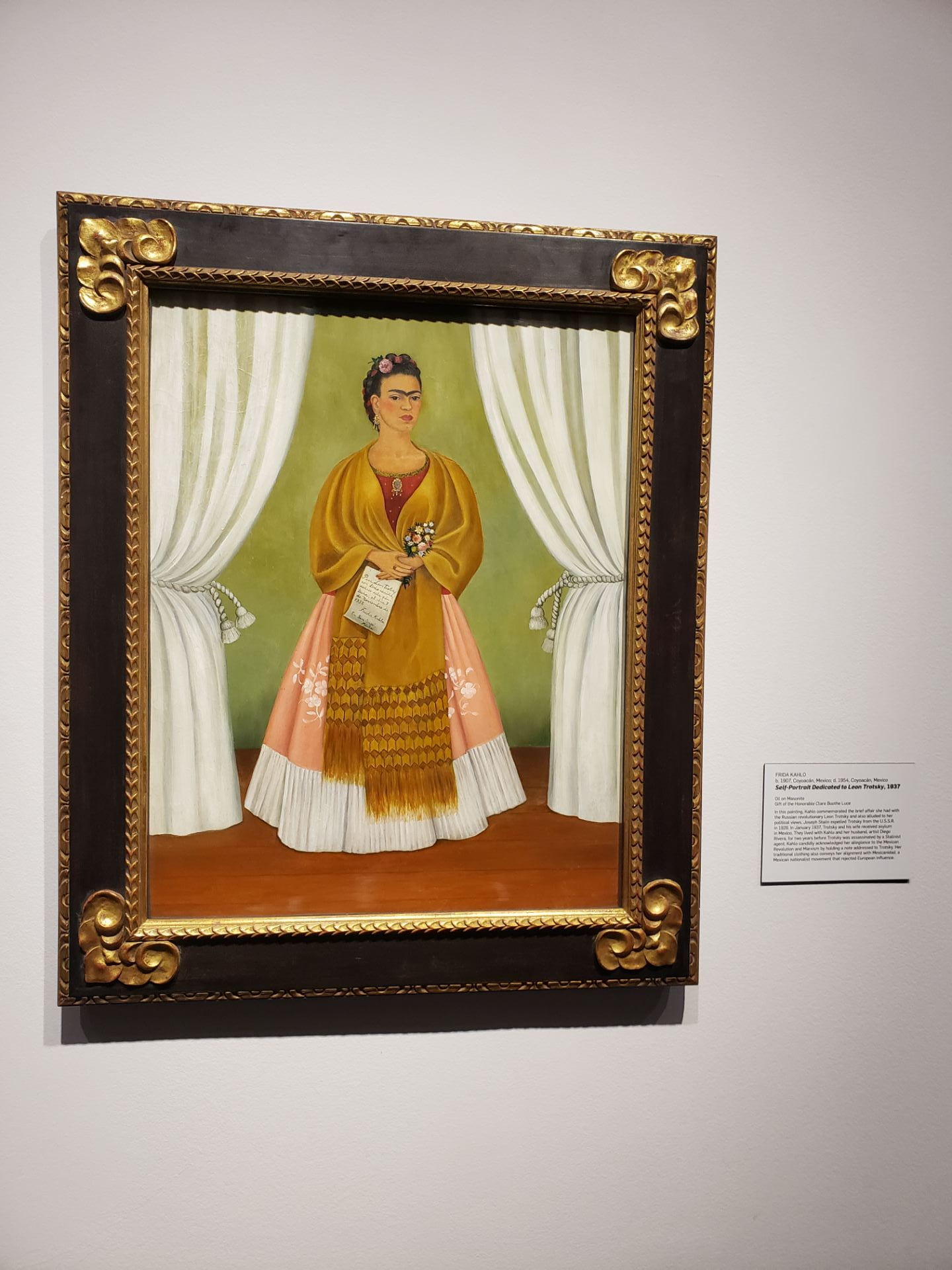March is Women’s History Month, a time where the world is encouraged to recognize and celebrate the work and accomplishments of women who made the world the way it is today. While women have been creating exceptional and revolutionary pieces of art all along, they have often been pushed aside and ignored. Many women were forced out of their pursuit of the arts by being married or having children too young. The following women represent some of the women who followed their artistic talents in spite of oppressive systems that often tried to hide them.
Artemisia Gentileschi
Born July 8, 1593 in Rome, Italy, Artemisia Gentileschi has become one of the few widely acknowledged female artists of the 17th century. According to the National Gallery in London, she began painting at a young age under the teachings of her father, but soon surpassed him taking commissions professionally at the age of 17. Gentileschi eventually worked her way up to become one of the few female court painters at the time. She was able to achieve this position despite the abuse at the hands of one of her mentors and the Catholic church who prevented the man from being prosecuted. Her work, even pieces she created in her youth, focused heavily on female agency and bringing the female point of view to stories. She took biblical and mythological characters and painted them from the perspectives of women; a famous example being her painting of the biblical Judith, who is posed beheading Holofernes. This showed Judith, not as a tool of God, but as a woman acting in her own right.
Edmonia Lewis
Edmonia Lewis was a Native and African-American sculptor who is most famous for her plaster and marble statues. She came of age during the American Civil War, raised by her aunts in the Chippewa tribe. Educated at Oberlin College in Ohio, a place known for its abolitionist and suffragette ideals, her work was heavily inspired by the teachings at her college as well as her ties to her Chippewa heritage. She created large marble statues of famous Native story characters, like Hiawatha, and depictions of newly freed slaves. According to the Smithsonian American Art Museum, Lewis traveled and sculpted in Rome, which is where she developed her memorable neoclassical style of marble work. Her time abroad garnered immense recognition for her work, making her the first African-American and Native American to receive international regards for sculpture. One of her most famous sculptures is “Forever Free,” a 153-year-old statue of a newly freed African-American couple, still on display at Howard University.
Georgia O’Keeffe
Georgia O’Keeffe was an American artist who lived during a time of changing artistic styles, while still remaining popular. Born in 1887, she spent the majority of her 98 years in New Mexico. O’Keeffe focused exclusively on flowers and landscapes of the desert in an abstract style that many consider to be a metaphor for the female form and power. According to Forbes, she is recognized as the highest-selling female artist of all time with her 1932 piece, “Jimson Weed White Flower No. 1,” which was sold in 2014 for $44.4 million. O’Keeffe continued painting late into her life, even while almost blind in her 80s. It follows a famous quote by O’Keeffe “Colors and line and shape seem more a definite statement than words.”
Frida Kahlo
Frida Kahlo is undoubtedly one of the most recognizable names in all of art history. She is remembered as a passionate activist for native Mexican cultures, which she featured in much of her style and work. The Mexican painter mainly created portraits, the most iconic of which were of herself, and each piece tells an intense story about an aspect of her life. Born in 1907, Kahlo contracted polio as a child. She spent her time in recovery painting with her father, learning about native Mexican heritage and style. At the age of 18, she was in a nearly fatal bus crash. Bedridden with broken vertebrae, hips and ribs, she used a mirror to begin painting the many self-portraits that would become world-renowned. According to the National Museum of Women in the Arts, her works quickly gained popularity and were commissioned by the government and affluent of Mexico. As a result, she gained much political favor from her works. She traveled to the United States for four years with her husband, Diego Rivera, painting herself bedridden in the piece “Henry Ford Hospital,” and many of Rivera. Her travels eventually took her to France as well, but she dismissed their exclusionary mentality towards her as a woman. She spent the last of her years painting in Mexico, determined to create even as her health greatly deteriorated.
Photo: T. Boeckel


